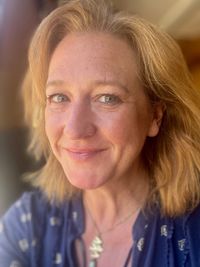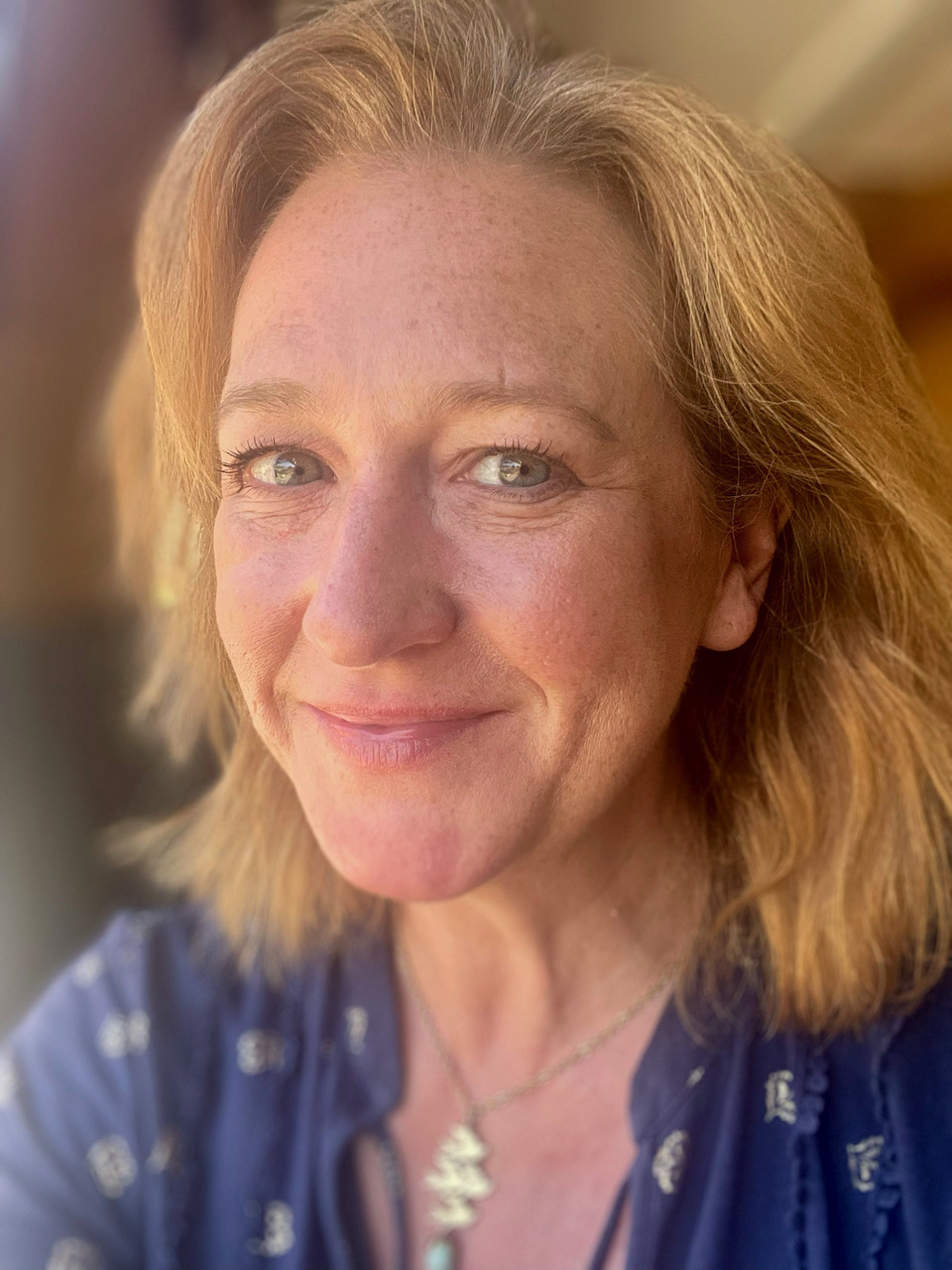From the Country Life archive: Yes, that is a Moon Transmitter on London's South Bank
Every Monday, Melanie Bryan, delves into the hidden depths of Country Life's extraordinary archive to bring you a long-forgotten story, photograph or advert.


This unfamiliar — to modern eyes — view of London’s South Bank shows the site of the Festival of Britain under the final throes of construction in 1951. The white building to the right is the still-standing Royal Festival Hall, but the large tower in the centre has long-since gone.
Built in 1826, the eponymous Shot Tower was built for the sole purpose of making lead shot. In order to make the shot, the workers would speedily ascend a spiral staircase (dangerous) carrying a bucket of molten lead (extremely dangerous), then, when at the top, pour the lead through a pre-placed guide at the top, with perfect lead spheres dropping into a cold bucket of water below (mighty perilous).
The tower continued in this employ until the late 1940’s when the entire industrial area of the South Bank was earmarked for demolition for the Festival of Britain. Sir Hugh Casson, the architect of the exhibition, took personal responsibility for transforming the 19th Century relic — the only historic structure saved from demolition for the Festival — into a lighthouse and 'transmitter of messages to the moon' to help attract the still-rationed masses to an out-of-this-world vision of the future. Sadly, funds were not available for the technology to communicate with the moon, so festival-goers were instead treated to 'radio noises' on a television screen.
Despite Sir Hugh’s apparent fondness for the great tower, she was also demolished in 1962. A tree grows where she stood today in the shadow of the Queen Elizabeth Hall.
The Country Life Image Archive contains more 150,000 images documenting British culture and heritage, from 1897 to the present day. An additional 50,000 assets from the historic archive are scheduled to be added this year — with completion expected in Summer 2025. To search and purchase images directly from the Image Archive, please register here.
Exquisite houses, the beauty of Nature, and how to get the most from your life, straight to your inbox.
Melanie is a freelance picture editor and writer, and the former Archive Manager at Country Life magazine. She has worked for national and international publications and publishers all her life, covering news, politics, sport, features and everything in between, making her a force to be reckoned with at pub quizzes. She lives and works in rural Ryedale, North Yorkshire, where she enjoys nothing better than tootling around God’s Own County on her bicycle, and possibly, maybe, visiting one or two of the area’s numerous fine cafes and hostelries en route.
